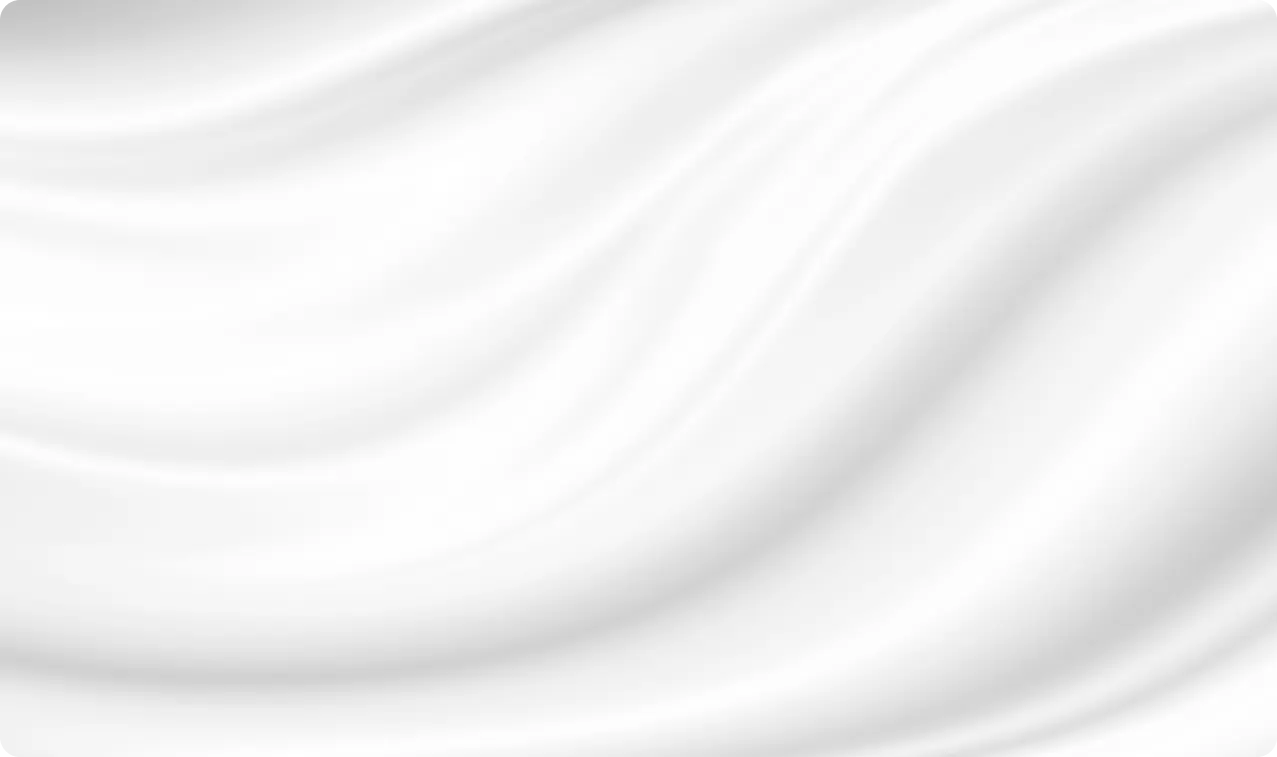For Patients
About
For Providers
Locations
Blog
Contact
Menu
Chin fillers are a common treatment option for people who want to add definition to their chin or jawline. A more sculpted and youthful look is a treatment goal for many clients, and fillers help contour the area in a natural-looking way. In the United States alone, thousands of chin filler treatments are administered each month.
But what are chin fillers made of? The materials used in these fillers are usually gel-like substances, such as hyaluronic acid or calcium hydroxylapatite. Regardless of the materials used, the effects of fillers last for less than a year. You’ll need recurring treatments to maintain results.
Gel-based fillers are the most common type used for the chin. These are derived from hyaluronic acid, a naturally occurring substance that helps the skin achieve its usual texture. Hyaluronic acid also has fewer side effects than other synthetic materials. Other common materials used are calcium hydroxylapatite and poly-L-lactic acid (PLLA). These are also used to improve the appearance of the chin and jawline.
Chin fillers are a kind of dermal filler that acts as an alternative to chin implants. They’re deemed safe to use in most states, although not all kinds of fillers are approved for use in the chin.
When used as a material for dermal fillers, this acid looks and feels like a gel substance. This is directly injected into the body and absorbed. The result is a more defined jawline that gives the patient a youthful and refreshed appearance.
Some variants of chin fillers are made from calcium-like substances that increase facial volume. Injection of these fillers is also minimally invasive, and many clients pursue these treatments to assess if they want permanent augmentation in the future. For all types of chin fillers, patients will need repeat injections if they want to maintain their results. Doctors may also recommend skin care products to maximize the defined appearance of the jawline.
At the time of writing, the Food and Drug Administration has only given approval to hyaluronic acid fillers. Besides hyaluronic acid, other common filler materials include:
Despite the existence of these alternatives, most specialists advocate hyaluronic acid. It’s a naturally formed substance in the human body, and easily gets absorbed into the skin over the course of a few months.
Chin fillers are injected directly into the skin. They’re used by doctors and cosmetologists to reintroduce volume into the body. The substance is also associated with collagen production, helping patients achieve a younger-looking appearance. Many patients have reported satisfying results when using fillers to fix loose and droopy skin.
Besides these, chin fillers have also been used to create a more defined jawline. This is especially helpful for patients who lost jaw definition due to aging or lifestyle factors. Fillers are also effective in reducing saggy skin around the jawline.
Many individuals use makeup to create the illusion of a sharper jawline. Having a more defined jaw through fillers allows people to tone down their makeup usage. Since many products irritate the skin and may cause long-term damage, fillers can be a safe alternative for those with hypersensitive skin tissues.
If you have an asymmetrical jawline, you may also benefit from getting fillers. The fillers help balance the appearance of the jaw and introduce symmetry to your face. Additionally, fillers have also been used to increase the proportions of the chin. Those who have a smaller lower jaw can be prescribed fillers by a dermatologist.
Chin fillers are directly injected into the skin. Specialists use them to introduce volume to the face and increase hyaluronic acid and collagen content in the body. Over time, these substances help decrease saggy skin and deflation around the chin. Some clinics refer to the operation as “nonsurgical jawline contouring,” thanks to the minimally invasive procedure.
While minimally invasive, the procedure can only be administered by healthcare staff and licensed specialists. The requirements to be certified vary per state. The following professionals can administer chin injections:
Before your procedure, your specialist will conduct an interview to rule out possible contraindications. If you’re deemed compatible with the fillers, you’ll be given a few pre-treatment guidelines for preparation. You’ll be asked to avoid drinking alcohol at least 24 hours before the operation.
You’ll first be given a topical anesthetic to ensure that you’re comfortable during the procedure. The specialist carefully injects the gel along the side of the lower jaw. This area absorbs the substance almost immediately, and you’ll notice more visible results in the following days.
In some cases, your doctor may recommend combining different types of fillers to maximize the effects. For instance, fillers alone won’t be enough to get rid of a double chin—you’ll also need to receive a few injections of deoxycholic acid.
Doctors usually perform the injections in their offices. The procedure is relatively painless and you’ll be able to go home right away. But before you undergo the procedure, it’s best to consult with your doctor to rule out any contraindications. You’ll be asked about any previous surgeries, injections, or chronic illnesses, so make sure to disclose any maintenance medications to avoid adverse reactions.
For many individuals, the results can be visible right away. Others may only notice a change in their appearance after a few days. Regardless, you’ll experience a more defined chin for at least 9 months. Some patients have even reported seeing effects for 2 years. If your surgeon used calcium hydroxylapatite, effects are visible for up to 15 months.
If the injection area is thicker, it might take more time for results to appear. The exact formulation of the hyaluronic acid may also have something to do with the time taken for effects to appear.
Most people won’t have an allergic reaction to hyaluronic acid. However, there is still a chance of developing side effects. These are usually localized to the injection sites and typically resolve within a couple of days. Side effects include:
Some people have an overactive immune system that mistakenly attacks the body’s own tissues. The hyaluronic acid can register as a foreign object to the body. When this happens, the body may produce nodules. These feel like firm lumps to the touch. Many go away over time, but your doctor may recommend a corticosteroid injection if they persist.
If you notice any signs of infection, call your doctor right away. You’ll be needing a course of oral antibiotics to get rid of the bacteria. This is a medical emergency and could lead to drastic consequences if left untreated. Monitor your skin for any abscesses or pockets of mucus during the days immediately following the injection.
Some rare complications include soft tissue damage, vision problems, and stroke. These have only been reported in very few individuals. The pre-treatment screening allows your specialist to assess if these are a possibility after an injection. In these cases, you’ll be recommended a different augmentation procedure.
Recovery after a cheek filler injection is very short. Your doctor may prescribe you additional skincare products that help maximize the effects. These are often recommended based on your skin type, so it’s best to only use products prescribed to you. Some examples include:
Most lumps that appear around the injection site are benign and fade over time. During a follow-up session, your cosmetologist may review the lump and determine if you’ll need a steroid shot. You can also ask your specialist about other side effects that you experienced after the procedure. These will be recorded in your personal file for evaluation after the treatment cycle.
Your healthcare provider will also recommend some lifestyle modifications to ensure that you recover properly. These may come in the form of prescriptions, leaflets, or manuals. Your doctor will also tell you the proper technique to wash the injection area.
Additionally, it’s important to avoid exposure to direct sunlight and high temperatures. These may cause skin irritation and will lead to increased swelling. It’s advisable to wear a sunblock with at least 30 SPF daily.
And while it’s important to live an active lifestyle, you’ll be asked to avoid any strenuous exercises for the first 24 to 48 hours. These activities may interfere with your chin’s absorption of the fillers. You can ask your doctor if low-impact exercises like yoga and stretching are suitable for you.
When managing any mild pain, avoid non-steroidal anti-inflammatory drugs (NSAIDs) like ibuprofen, naproxen, and aspirin. These are associated with adverse reactions and can cause increased bruising. Topical creams like Retinol can also lead to skin irritation. It’s best to wait at least 5 days before resuming consumption of these products.
Other cosmetic treatments should be scheduled at least 3 weeks after you receive your injections. If you have a scheduled procedure that conflicts with your recovery period, reschedule it to a later date.

Chin augmentation procedures should be done with utmost care. While most people can tolerate hyaluronic acid just fine, your injector should ensure your safety and comfort during treatment. Proper screening and aftercare are both crucial parts of your operation, and you should be in contact with your specialist in case of side effects.
At Dr. Lanna Aesthetics, we make sure all our patients receive high quality and effective treatments. We only use approved and legal fillers and our team works with all clients even after the procedure. Contact us today to book your chin injection session.

Join Dr. Lanna & Dr. Doshi for a Transformation
Unlock the possibilities with our certified facial and oculofacial plastic surgeries. Attend our free webinar to find out how we can tailor solutions for you, with financing available to fit your budget.
